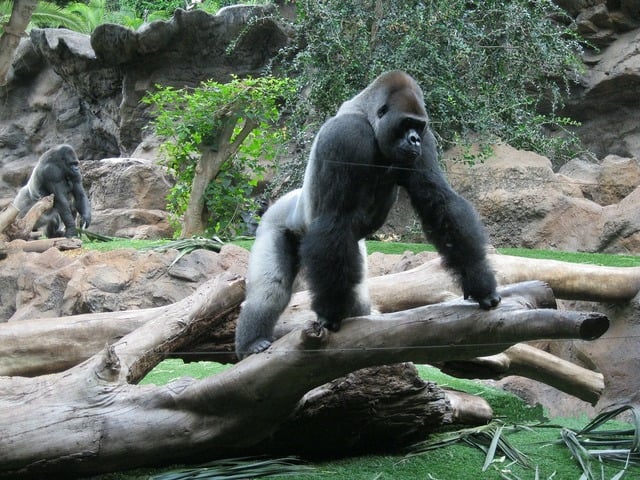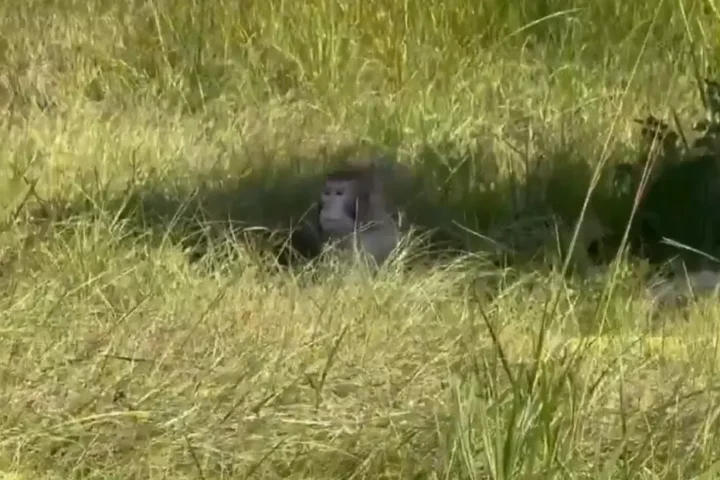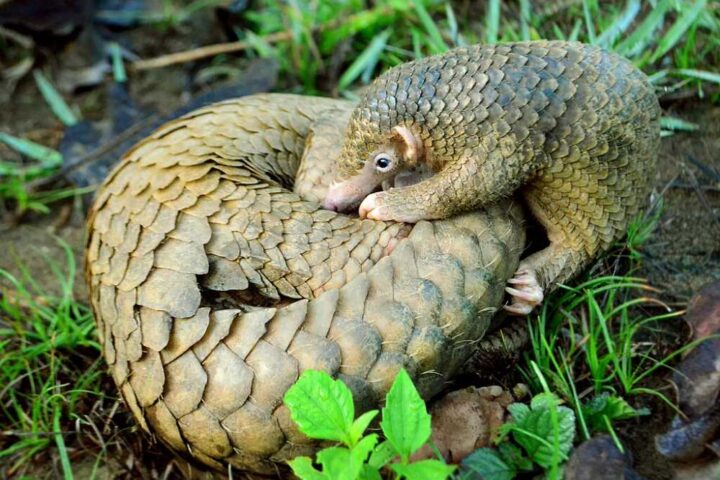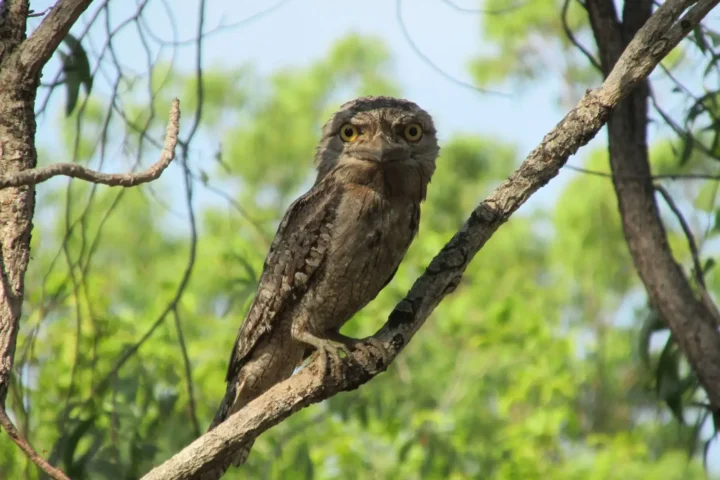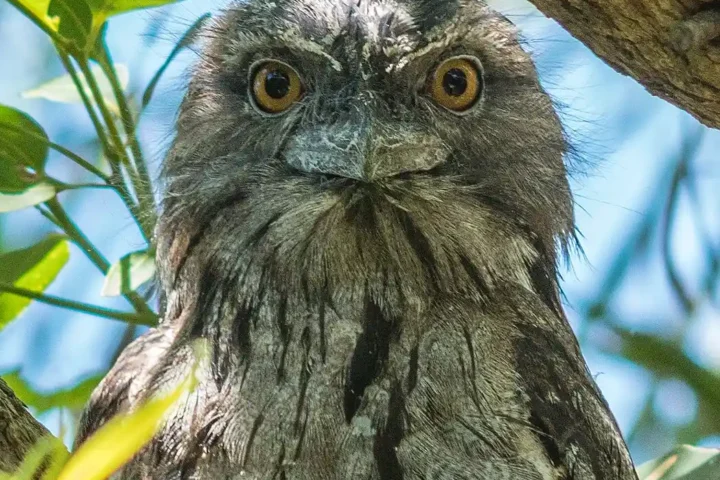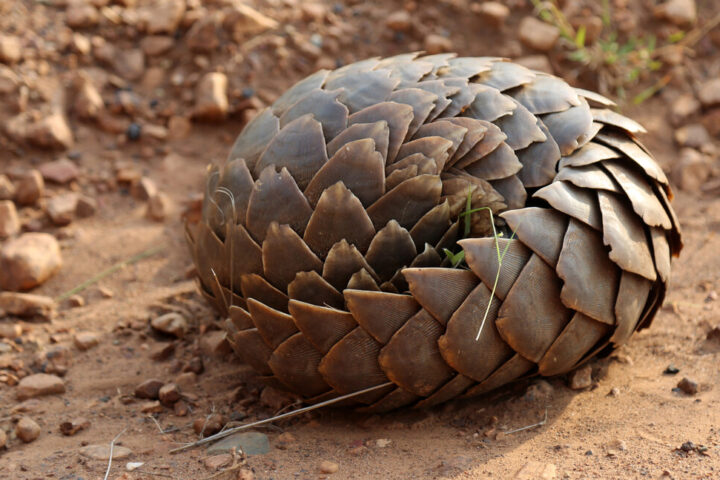The internet’s strangest wildlife showdown has experts, celebrities, and millions worldwide picking sides in a battle that will never happen—yet reveals surprising truths about our relationship with our closest relatives in the animal kingdom.
HOW A HYPOTHETICAL GORILLA FIGHT CONQUERED THE INTERNET
What began as a niche Reddit discussion in 2020 erupted into a global phenomenon this April when X (formerly Twitter) user @DreamChasnMike reignited the debate with his assertion that “100 men could beat 1 gorilla” if properly dedicated to the task.
Within days, the conversation exploded across social media. Analytics firm Sprout Social documented more than 4 billion potential impressions since mid-April, with posts about gorilla battles gaining hundreds of millions of views on X alone.
The premise is simple: 100 unarmed adult humans versus one adult male silverback gorilla in a confined natural environment. No weapons, just raw human cooperation against primate power.
WHEN CELEBRITIES JOIN THE PRIMATE FRAY
The debate reached mainstream status when YouTube megastar MrBeast posted a mock thumbnail titled “100 Men vs a Gorilla” with the caption: “Need 100 men to test this, any volunteers?” Tesla CEO Elon Musk replied: “Sure, what’s the worst that could happen?”
Even political figures waded in. U.S. Senator Tim Sheehy released a video analysis concluding humans would “clearly win” despite “a high casualty rate.” Conservative commentator Matt Walsh told viewers he had “done hours of research over the past day or two” before supporting Team Human.
Sports figures took sides too. NBA star Kevin Durant and boxer Jake Paul both backed the gorilla, with Paul writing: “Men these days? The gorilla,” accompanied by a laughing emoji.
PRIMATE POWER VS. HUMAN NUMBERS: WHAT SCIENCE SAYS
The debate has split primatologists and wildlife experts into two camps, creating a surprisingly nuanced scientific discussion.
Julie Teichroeb, primatology professor at the University of Toronto, firmly backs the gorilla: “They have incredibly long reach. They’re upright, but their hands are still on the ground. I think they could easily grab humans before they got anywhere near the gorilla’s body.”
Her key concern? Human cooperation: “I don’t see humans working together well enough. The first few humans would get their butts handed to them, the rest would see that happen, and they’d all flee.”
Cat Hobaiter, primatologist at University of St. Andrews, emphasizes gorilla muscle composition: “All apes have two types of muscle fibers: slow twitch and fast twitch. Fast twitch give you explosive power… gorilla muscles are an incredible 85-plus-percent fast-twitch fibers — the most of any ape.”
But Tara Stoinski, president of the Dian Fossey Gorilla Fund, with 30+ years of gorilla research, ultimately sides with humans: “With 100 men coming after one gorilla, they just have a lot of strategies they could use to wear the gorilla down, to tire them out. They can coordinate their behavior; they can take turns.”
Ron Magill of Zoo Miami provides perhaps the most detailed tactical analysis, suggesting humans could win if “committed and united.” He envisions humans working “together to envelop the gorilla and create a human straightjacket” to prevent proper breathing and limb extension. However, he emphasizes this would be a “kamikaze mission” resulting in “broken necks, severe arterial bite wounds, massive concussions leading to fatal brain bleeds, and asphyxiation.”
SILVERBACK BIOLOGY: THE SCIENCE OF GORILLA STRENGTH
Adult male silverbacks represent the pinnacle of primate power. Weighing 300-400 pounds (136-181kg), with specimens approaching 600 pounds documented, their strength-to-weight ratio is exceptional—estimates suggest they are 4-9 times stronger than human males.
This superiority stems from fundamental biological differences:
- Muscle composition: Gorilla muscles contain approximately 67% fast-twitch fibers compared to humans’ roughly 50/50 split
- Muscle density: Their fibers are denser and longer than human equivalents
- Neural recruitment: Their nervous system allows them to access about 90% of their theoretical maximum strength versus humans’ 65%
The results are impressive. A silverback can reportedly lift up to 1,800 pounds (816kg) in a pulling motion and throw objects weighing over 800 pounds (363kg). Their grip strength is approximately six times greater than humans’, allowing them to effortlessly uproot small trees.
Their bite force measures approximately 1,300 pounds per square inch—double that of lions (650 PSI) and nearly five times that of humans (300 PSI).
Similar posts
COOPERATION VS. STRENGTH: THE HUMAN EVOLUTIONARY GAMBIT
The debate illuminates fascinating evolutionary divergences. Despite sharing approximately 98.4% of their DNA, humans and gorillas evolved dramatically different physical capabilities after their evolutionary paths separated around 10 million years ago.
Gorillas evolved in dense forests where climbing, knuckle-walking, and processing fibrous vegetation required immense upper-body strength. Male gorillas faced additional selective pressure through competition for mates.
Humans, meanwhile, evolved for bipedal movement across open savannas, developing longer legs, smaller arms, and more efficient cooling systems. The human skeleton and musculature prioritized endurance and versatility over raw power.
Perhaps most significantly, humans developed larger brains and more precise motor control at the expense of strength. Neurologically, humans developed inhibitory mechanisms that prevent muscles from exerting their full theoretical power, protecting joints and tendons from damage.
Mary Silcox, University of Toronto primatologist, emphasizes that human cooperation is “a hallmark of our evolution and why we were able to take over the entire planet.”
WHY THIS DEBATE MATTERS: BEYOND THE HYPOTHETICAL
Several social scientists have linked the debate to broader questions about masculinity. Samuel Perry, sociology professor at the University of Oklahoma, suggests the scenario might reflect deeper insecurities, citing research that young men today “fare worse than past generations in terms of educational achievement, employment and romantic relationships.”
Emma Gray, co-creator of the culture newsletter Rich Text, observed a telling difference in viral debates across genders: “For men, viral debates are about estimating their own skills. For women, it’s trying to assess what’s dangerous to our safety.”
THE REAL FIGHT: GORILLA CONSERVATION CRISIS
While the internet debates a fictional battle, real gorillas face existential threats. Mountain gorillas, the subspecies most often referenced in the debate, are critically endangered with just over 1,000 individuals remaining in the wild across Rwanda, Uganda, and the Democratic Republic of Congo.
Tara Stoinski hopes the viral debate can pivot to “what fights should we be discussing? And that’s really the fight for survival that gorillas have.”
The situation is even more dire for some other gorilla subspecies. Cross River gorillas number fewer than 300 individuals, while Grauer’s gorillas have declined by more than 60% in recent decades.
Multiple threats endanger gorilla populations:
- Habitat loss through deforestation
- Poaching (often as “bycatch” when hunters target other species)
- Civil unrest in range countries
- Diseases transmitted from humans
Organizations like the Dian Fossey Gorilla Fund maintain daily monitoring of approximately 50% of Rwanda’s mountain gorilla population, providing crucial protection and research data.
OVERLOOKED REALITIES: GENTLE GIANTS
Despite their intimidating physical capabilities, silverback gorillas are primarily peaceful herbivores. Violence is typically reserved for defending their group from predators or rival males, or establishing dominance within their social hierarchy.
Tara Stoinski describes witnessing female gorillas “using a gorilla’s back as a pillow during a resting session,” highlighting their typically gentle demeanor.
Michael Stern, former Curator of Primates at the Philadelphia Zoo, notes that in a real-world scenario facing numerous opponents, a gorilla would likely “realize it was in a bad spot, and sprint through the nearest line of men… knocking one or two aside while trying to make a run for it.”
Gorillas also display impressive intelligence, with problem-solving capabilities, tool use, and complex emotional lives that would potentially influence their response in confrontational scenarios.

CONCLUSION: WHAT THE GORILLA DEBATE REALLY REVEALS
The “100 humans vs. 1 gorilla” debate has transformed from internet meme to cultural phenomenon by tapping into fundamental questions about human capabilities, our relationship with nature, and anxieties about cooperation and strength.
While experts remain divided on the hypothetical outcome, the conversation highlights crucial realities about both species: gorillas’ impressive physical adaptations and generally peaceful nature, humans’ unique evolutionary path prioritizing cooperation over individual strength, and the urgent conservation challenges facing our closest relatives.
Perhaps the most valuable outcome would be redirecting this viral energy toward actual conservation efforts. As global attention briefly focuses on these magnificent creatures, organizations working to protect them hope public interest will translate to support for the real fight—ensuring gorillas’ survival for future generations to admire not as hypothetical opponents, but as evolutionary marvels sharing our planetary home.
